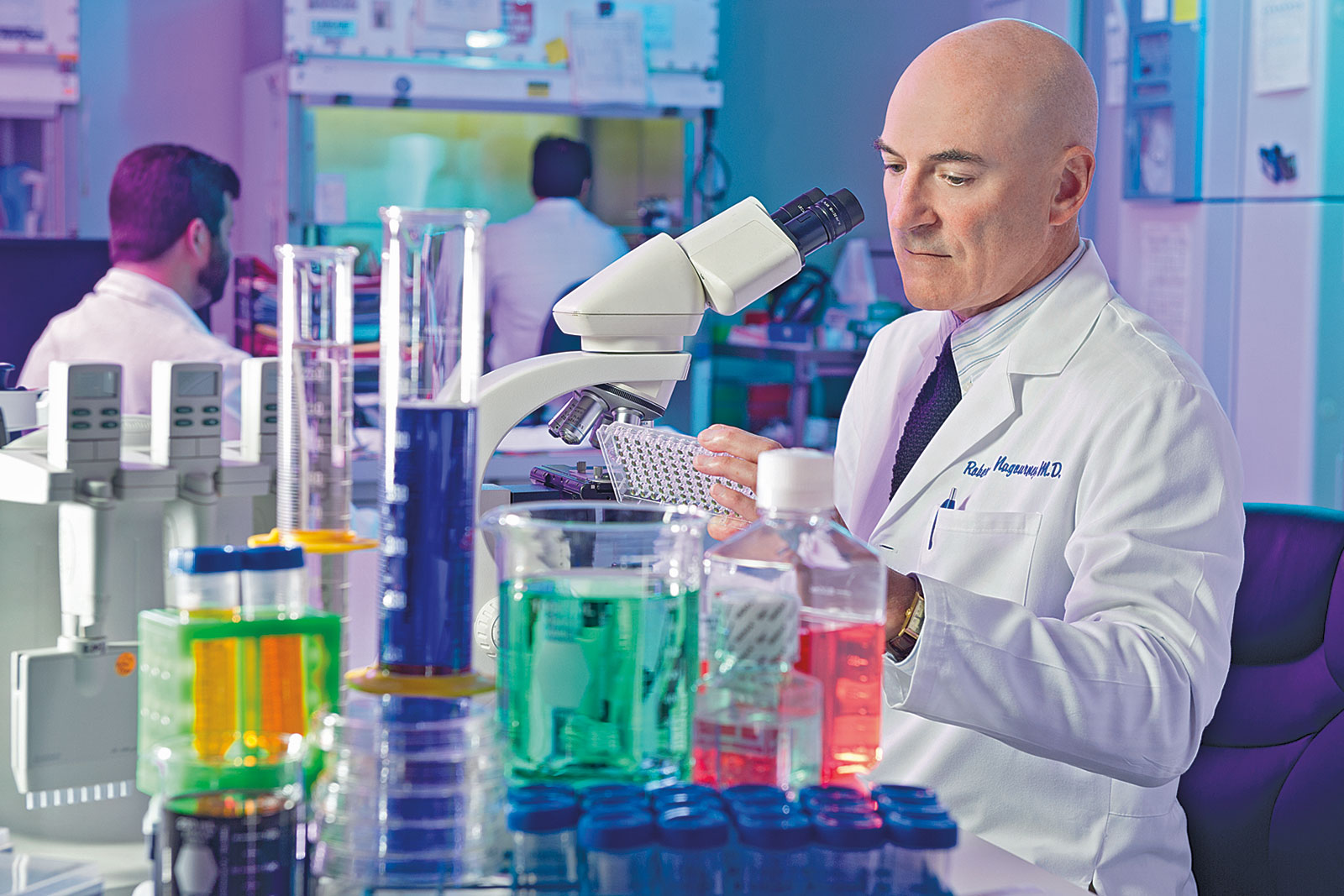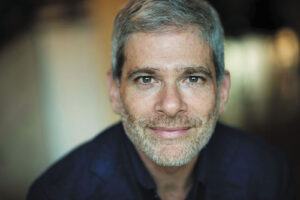Every warrior’s cancer story is different, but oftentimes, their treatment is the same. Dr. Robert Nagourney, a clinical professor at the University of California Irvine School of Medicine and the founder of the Nagourney Cancer Institute, aims to change that.
For more than 20 years, the Nagourney Cancer Institute has made cancer treatment personalized. Rather than relying on a standard chemo cocktail, the Nagourney Cancer Institute practices precision medicine to test an individual’s tumor tissue to determine the best and most effective treatment for combatting their cancer. And the results, especially for aggressive and later-stage cancers like colon and pancreatic cancer, have shown precision medicine just may be the treatment of the future.
Precision medicine is nothing new. According to the U.S. National Library of Medicine, precision medicine is “an emerging approach for disease treatment and prevention that takes into account individual variability in genes, environment, and lifestyle for each person.”
According to Nagourney, as it applies to oncology, researchers previously propagated cancer cells and used drugs to see if they could stop the cancer cell growth. Results were disappointing, but this came as no surprise to Nagourney. “Cancer cells don’t grow too much; they die too little,” he says. Cancer cells typically grow at around the same rate as healthy cells. Because these tests measured cell growth, they were ultimately “completely useless” in evaluating what drugs would be most beneficial for cancer treatment. “So many people thought [about] how great it would be to use each patient’s tissue to pick drugs that when it didn’t work for each patient, they were not willing to use it. They were embittered by the experience,” Nagourney says. But as others shunned the concept, Nagourney grew more interested in it. “I thought, ‘Well, it still makes a lot of sense. And if we can only work out the kinds, couldn’t this be better?’” recalls Nagourney.
Discovering and understanding apoptosis, or programmed cell death in multicellular organisms, helped in Nagourney’s research. “The concept revolutionized how we thought about cancer,” Nagourney says. “Cancer is a disease of cells that want to stay alive.” To find better drugs, researchers must measure cell death—not growth.
Nagourney and his team first began their research studying leukemia cells, which he says are like “independent contractors” because they are a simple system consisting of one or two types of cells. This is unlike more common tumorous cancers like colon, breast and lung which have an ecology, a collection of cells talking to each other. “It’s cells talking to their blood vessels. It’s cells talking to the immune system. It’s the immune system talking to the cells,” Nagourney says. “It becomes a really complicated collection of interacting systems.” His team had to learn new tricks to isolate these more complex cells, sometimes 50 or 70 at a time, and not disrupt “the matrix, the structure, the interactions.”
Cancer cells don’t grow too much; they die too little.
“The technical staff learned to do these mechanical aggregations down to these organoids,” Nagourney recalls. “And that breakthrough made it possible for me to extend what I thought was excellent work in leukemia into breast and colon [cancers].”
Through their testing methods, the Nagourney Cancer Institute can help diminish toxicity in a patient by not giving people drugs that don’t work. “Most chemotherapies work not because you give a lot—a big dose—but actually, they work because they’re the right drug for you,” he says. They can also diminish toxicity by reducing the amount of medicine a patient receives.
“I think the reason doctors use such high doses is they don’t have the luxury of knowing it’s going to work and they don’t want to give something to someone and have them fail and wonder whether they failed because they didn’t give enough,” Nagourney says. “They don’t want to be wrong for the wrong reason.” Through their research, the institute adjusts doses based on their findings so patients can receive lower amounts of the toxic drugs instead of the maximum tolerated dose. “By knowing synergy, you can use drugs more intelligently, more rationally to get the response without the toxicity,” he says.
Cancer warriors interested in working with the Nagourney Cancer Institute can find more information about their treatment methods and peer-reviewed studies on their website. Nagourney encourages people to familiarize themselves with the concept before reaching out. If they’re interested in moving forward, a warrior can contact the institute to discuss their specific cancer type, where the disease was originally treated, what drugs they’ve already used and what types of successes they may have had. An individualized assessment is created of their case and if it looks like they can undergo a biopsy or operation, the institute will arrange for the patient’s doctor to collect a tissue. Some patients may even go to the institute itself to receive the surgical biopsy. “They can return home and by the time they’re back and settled home, we’ll have the results for our analysis ready for them to start treatment,” Nagourney says.
Through their analysis, the institute is able to probe various genes and assess what is driving the cancer. “The question becomes, if this cancer is a bus and there’s a bunch of people on the bus, who’s driving? Which of the people on the bus do you have to knock off in order to stop the progress of the tumor? Who’s the bad guy here?” asks Nagourney. “Sometimes it’s more than one. Sometimes it’s a single solitary gene.”
And once they’ve figured that out, Nagourney says, treating the untreatable becomes a reality. “The capacity to look around the corner at what drug or what combination or what synergistic interaction might provide a benefit was an immense luxury to me,” Nagourney says. “It was like finding a landline in the middle of the ocean. It was like grabbing on to a lifesaver ring as you were going under. You could suddenly go on and treat patients.”
To learn more about the Nagourney Cancer Institute, visit nagourneycancerinstitute.com







